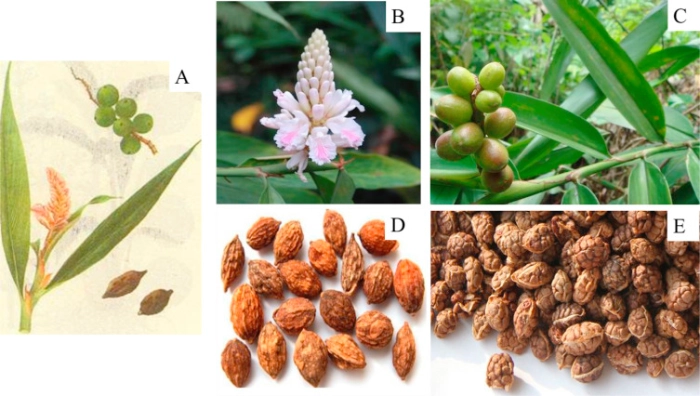New Treatment Option for DME Patients Offers Extended Relief
Genentech, a subsidiary of the Roche Group, has announced that the U.S. Food and Drug Administration (FDA) has granted approval for Susvimo® (ranibizumab injection) 100 mg/mL as a treatment for diabetic macular edema (DME). DME is a significant cause of vision impairment among adults with diabetes, impacting over 29 million individuals worldwide. Susvimo stands out as the first and only FDA-approved treatment capable of preserving vision while reducing the frequency of injections required compared to standard care. The treatment is now accessible to U.S. retina specialists and their DME patients.
A Novel Approach to DME Management
“Susvimo offers a unique and convenient alternative to the frequent eye injections typically required to manage diabetic macular edema,” stated Levi Garraway, M.D., Ph.D., chief medical officer and head of Global Product Development at Genentech. “As the global prevalence of DME continues to rise, this FDA approval underscores our commitment to innovation and improving patient outcomes.”
Dr. Jordan Graff, a vitreoretinal surgeon at Barnet Dulaney Perkins Eye Center in Arizona, also expressed enthusiasm for the approval. “Many of my patients with DME seek an option that allows for longer intervals between treatments due to their busy schedules. Having performed numerous Susvimo procedures in patients with wet age-related macular degeneration (AMD), I have witnessed how continuous medication delivery can help maintain vision with fewer treatments. I am eager to extend these benefits to more patients in my practice.”
Clinical Evidence Supports FDA Approval
The FDA’s decision was based on encouraging one-year results from the Phase III Pagoda study, which demonstrated that Susvimo provided sustained vision improvement in DME patients. The safety profile observed was consistent with existing data for Susvimo. Study participants receiving Susvimo refills every six months achieved vision gains comparable to those receiving monthly 0.5 mg ranibizumab intravitreal injections, showing an improvement of 9.6 letters on an eye chart, compared to 9.4 letters in the standard injection group.
Susvimo’s advantage lies in its continuous delivery system via the Port Delivery Platform, reducing the need for frequent injections, which can sometimes be required as often as once per month. Initially approved in 2021 for the treatment of wet AMD, Susvimo’s expansion to DME marks a significant advancement in retinal disease management.
Commentary by SuppBase Columnist Alice Winters

Susvimo’s FDA approval for diabetic macular edema represents a noteworthy advancement in ophthalmology, particularly for patients burdened by the frequent injections traditionally required to manage their condition. However, while the announcement emphasizes convenience and efficacy, there are several aspects that warrant closer scrutiny.
Efficacy vs. Existing Treatments
The Phase III Pagoda study suggests that Susvimo is “non-inferior” to monthly ranibizumab injections, meaning it does not provide a superior outcome but rather maintains parity with current standard-of-care treatments. While reducing the number of injections is undoubtedly beneficial for patient convenience, the clinical advantage remains limited to administration frequency rather than improved efficacy. This raises questions about whether the trade-off in procedural complexity (implanting and refilling the Port Delivery Platform) is justified purely for convenience.
Safety Concerns and Surgical Risks
A key issue not deeply explored in the press release is the safety profile of Susvimo, especially concerning surgical implantation and refill procedures. While the treatment reduces the number of injections, it requires a surgical implant, introducing new potential complications, such as infection or implant-related adverse effects. The original FDA approval for wet AMD saw reports of endophthalmitis (serious intraocular infections), a concern that should not be overlooked when considering its expansion to DME patients. Long-term safety data and post-market surveillance will be crucial to determine if the benefits outweigh the risks.
Market Impact and Patient Accessibility
From a market perspective, the question remains whether insurers and healthcare systems will readily support the adoption of Susvimo. While reducing treatment frequency may lower long-term healthcare costs, the upfront costs of the surgical procedure and device implantation could be a deterrent. Additionally, patient preference will play a significant role—some may prefer monthly injections over an invasive surgical approach, even if the latter reduces visits.
Final Thoughts
Susvimo’s approval for DME is an important milestone, but it is not a game-changer in terms of treatment efficacy. Its primary advantage lies in convenience, which will be invaluable for certain patient populations, particularly those who struggle with frequent medical visits. However, long-term safety data, adoption rates, and real-world outcomes will determine whether Susvimo becomes a new standard in DME management or remains a niche option. For now, while the reduced injection frequency is appealing, caution is warranted in evaluating the full scope of its impact.



